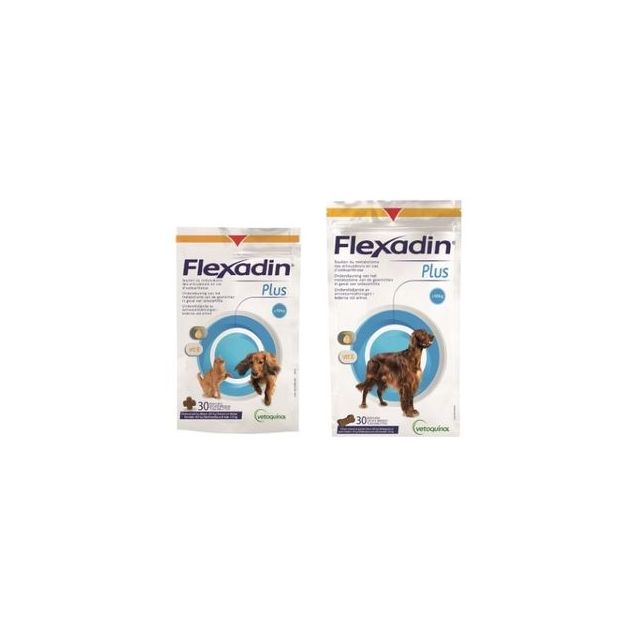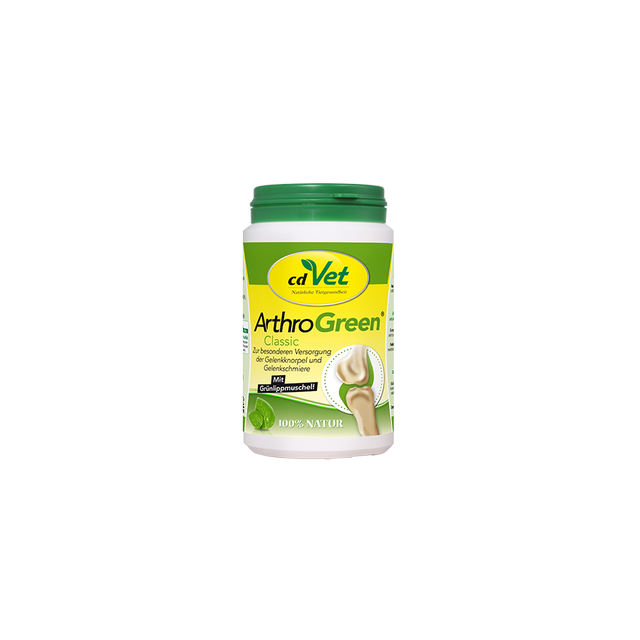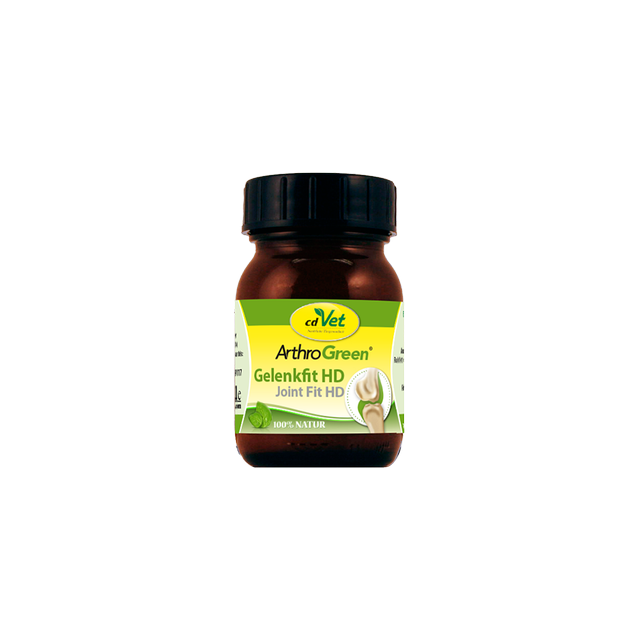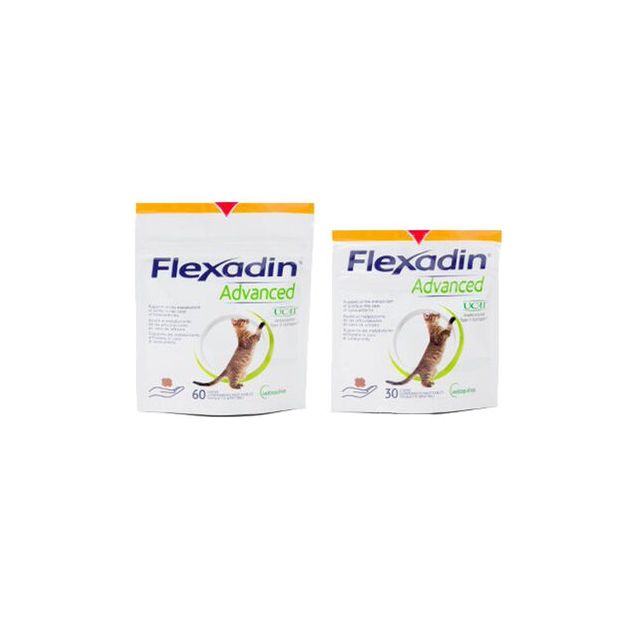Arthrosis in cats
It is estimated that up to approximately 90% of all older cats suffer from osteoarthritis. However, this diagnosis is much less often made in practice. This is mainly because cats do not clearly show the joint pain they indeed have. Also, the complaints are often dismissed as 'old age'. Very unfortunate for the cats, as osteoarthritis is a painful and chronic joint condition. An ailment that unfortunately cannot be cured, but fortunately, something can be done about it. Read on to find out what you, as an owner, can do and how Pharmacy4pets.nl can help your cat move as smoothly as possible.
What is osteoarthritis?
Osteoarthritis is a wear and tear of the joints. It can affect all joints, but in cats, it is mainly seen in the back, hip, knee, elbow, and shoulder. With osteoarthritis, damage occurs to the cartilage, accompanied by inflammation and new bone formations. This reduces the joint's mobility, and the cat suffers from joint pain.
Osteoarthritis can occur in all cat breeds and at any age but is especially seen in older cats. Cats that are overweight, large cat breeds (like the Maine Coon), or cats with underlying joint issues (like hip dysplasia) or have experienced trauma or surgery on their legs or back are more susceptible to developing osteoarthritis.
How to recognize osteoarthritis in cats?
Because cats are masters at hiding pain, osteoarthritis often goes unnoticed or is detected in a very late stage. The cat's decreased activity and lesser jumping ability are often chalked up to 'old age'.
Symptoms of cats with osteoarthritis include:
- Lameness: only 4-17% of cats with osteoarthritis actually limp.
- Decreased jumping ability or avoiding jumping: you may notice that your cat no longer jumps onto tables or counters as before, or perhaps now chooses a lower place to sleep.
- Being less active and sleeping more.
- The ‘grumpy’ cat: your cat is moody, doesn't like being petted in certain places, might react irritably or even aggressively to humans or other animals, avoids contact, and isolates itself.
- Poor coat grooming.
- Incontinence: if accessing the litter box becomes difficult or painful (e.g., high entrance, hard-to-reach location, or a tricky door), or if assuming a urinating posture becomes challenging, your cat might start urinating outside the box.
- Getting their claws caught.
- Adopting a different sleeping or body posture.
- Using the scratching post less.
Treatment of osteoarthritis in cats
Unfortunately, osteoarthritis cannot be cured. It is an irreversible process that gradually worsens over time. Fortunately, its progression can be slowed down with nutrition or dietary supplements, and joint pain can be treated with medication. Starting interventions at an earlier stage yields better results. You can even help keep your cat's joints healthy for as long as possible before any symptoms appear. This is especially important for large cat breeds, like the Maine Coon, or if your cat has a history of joint problems or trauma.
Pain Relief
Cats with osteoarthritis greatly benefit from painkillers. Because of the reduced pain, they can move more easily, keeping the joints more flexible. In addition, the inflammation in the joint is inhibited, slowing down the progression of osteoarthritis.
Food and Dietary Supplements
Your cat's bones and joints can be supported from the inside with dietary supplements or special dietary foods. EPA and DHA, the omega-3 fatty acids from fish oil, are known for their 'lubricating' effect on joints and their anti-inflammatory effect. Pharmacy4pets offers various dietary supplements with fish oil for cats, such as Seraquin Omega Cat and Catoils Vital.
Undenatured collagen, glucosamine, chondroitin, and devil's claw are examples of natural substances that protect your cat's cartilage. You can find these substances in supplements like: Flexadin Advanced Cat, Fortiflex and Puur Arthro. There is also specialized dietary food that supports the joints.
If your cat belongs to the risk group, you can start with food and/or supplements before there are symptoms or radiological signs of osteoarthritis. This helps keep your cat's joints as healthy as possible.
Losing Weight or Maintaining a Healthy Body Weight
Osteoarthritis is relatively common in overweight cats. And if your cat has osteoarthritis, gaining weight is a lurking danger due to reduced activity. If a cat is overweight, its joints are subjected to more stress. With a diet like Sanimed Weight Reduction, it's easier to help your cat lose weight. Another tip: if your cat eats more slowly, she will feel full more quickly. A special ‘anti-gobble bowl’ or food ball can help with this.
Exercise
Exercise is extremely important for osteoarthritis. It's often difficult to encourage a cat to move more. An easy tool could be the aforementioned food ball: your cat then has to chase the ball to get her food. Wild hunting games are not advisable for cats with osteoarthritis: quick and jerky movements are not good. If your cat is used to walking on a leash, that can also be good exercise therapy.
A cat with osteoarthritis moves less smoothly around the house. With a few adjustments, you can make her life much easier: provide 'intermediate steps' like a stool for higher resting places, place a rough carpet on slippery floors, and replace the shaggy carpet where your cat gets her nails caught with a less hairy one.
Physical Therapy
Physical therapy can be very useful for osteoarthritis. It can help improve mobility and reduce pain. A qualified animal physiotherapist can guide you in choosing the right exercises and therapies for your cat.
Although osteoarthritis is a chronic condition and cannot be cured, there is certainly much that can be done. The focus is on reducing pain and discomfort, thereby improving the quality of life for your cat. A combination of the above measures can offer your cat with osteoarthritis a more comfortable life.
If you have a question about our products or about osteoarthritis in your cat, please contact us.






